These are the features every flagship phone must have this year
There ain't no smartphone like a feature-packed smartphone
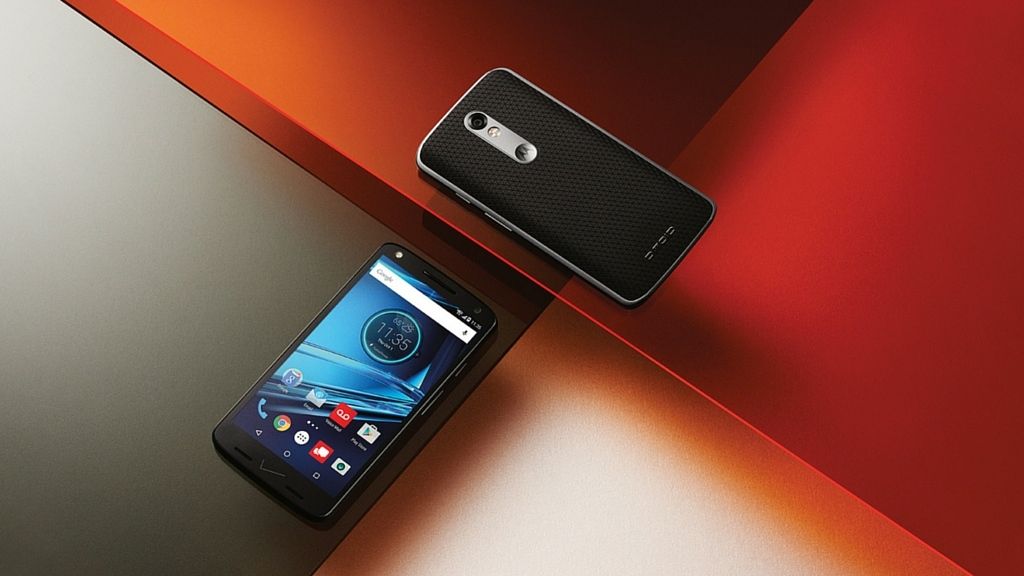
Give us what we want
In a move that will entirely come back to bite us as we begin to review this year's bumper crop of smartphones, we've come up with a list of things that we're expecting every self-respecting flagship phone to have in 2016.
Will this be the year we finally get foldable phones that make toast and compliment us on our stylish new haircuts? We'd like to think so, but while talking toaster-phones may still be some way off, a number of pre-existing smartphone features are likely to become must-haves this year.
With this in mind we've created a list of the essential bells and whistles that no self-respecting smartphone will want to be caught dead without in 2016. OK - we know that packing ALL of these features into a phone this year will either result in half an hour's battery life or the world's largest handset, but If the next flagship you eye up doesn't have most of these, then it's no flagship at all.
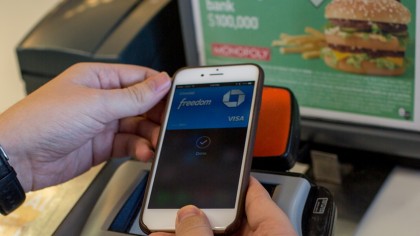
NFC
NFC has been a feature of smartphones since 2010's Google Nexus S, but it's only really become popular in the last few years.
Even now many lower-end phones skip NFC, and it was even snubbed by the would-be flagship-killing OnePlus 2, but the outcry there showed that it's no longer an optional feature for a top-end device.
It's set to become an essential feature in 2016 as Android Pay and Samsung Pay expand their reach and ensuring that, with the help of Apple Pay, contactless payments really go mainstream.
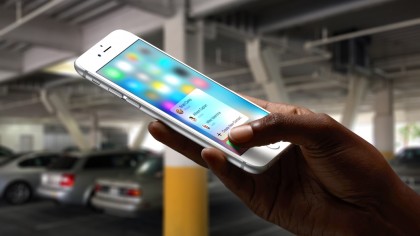
3D Touch
Okay, so '3D Touch' will be limited to Apple phones, but similar tech going by a different name is likely to make it into a large number of smartphones this year.
In fact, it's already been predicted that one in four high-end and mid-range phones in 2016 will have some kind of pressure-sensitive display.
So far applications for the technology have been limited, with 3D Touch on the iPhone 6S mostly just enabling you to open preview windows of content, but in giving us a new way to interact with our smartphones there's a lot of potential there.
That's the key thing here - while you might question why you need a new technology that doesn't offer much right now, in a year or two's time you'll be wishing that you could access all the new apps and games that let you push into the screen, rather than swiping on top.
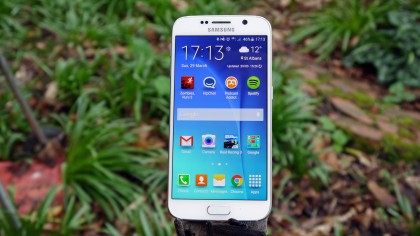
QHD displays
Many smartphones, such as the Samsung Galaxy S6 and LG G4, already have these new high-res screens, but we reckon this year there'll be even more, with high-end handsets risking being left behind if they continue to hold out.
There are debates over whether we need that much sharpness on a phone, and while there's not a lot of content for the resolution, the general impression is amazing.
We've even seen a 4K screen on the Sony Xperia Z5 Premium, but that's not likely to become a common sight this year – and right now that definitely IS surplus to requirements on a smartphone, bringing almost zero perceptible benefit over QHD.
Even QHD isn't a massive improvement on 1080p in day to day use, but with VR likely to start taking off it could better enable handsets to act as headsets (and in a couple of years' time, could see 4K being a necessity in smartphones.
So hopefully HTC will join the QHD party with the HTC One M10 – and you never know, maybe Apple will even give the iPhone 7 a resolution overload - but don't bank on that one too hard...
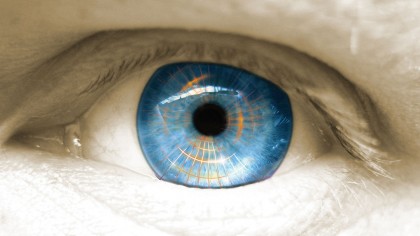
Fingerprint and (maybe) iris scanners
With Samsung massively improving its fingerprint scanners for 2015, Sony finally embracing them and Apple going strong with Touch ID, it's safe to say that fingerprint scanners are now a fairly commonplace smartphone feature.
We don't expect that to change this year – and if anything we wouldn't be surprised if they start appearing on more mid-range phones.
As for high-end handsets, manufacturers are likely to start looking for the next big thing, which in the world of scanning is likely to be iris recognition.
Iris scanners are already found on a few phones, like the Microsoft Lumia 950, but expect to see better versions, and in more places, in 2016. The key thing is that the technology actually works though - the Microsoft line adds precious seconds to each unlock, and fingerprint scanners are good enough.
So we want some biometrics on every phone - LG is the last hold out here - and then we can feel much safer when we lose them.
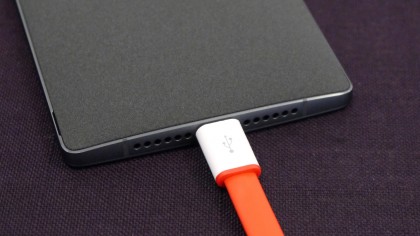
Fast charging
With phones getting ever slimmer, and with none of the innovative battery tech we've been hearing about ready for prime time yet, it's unlikely that handsets will get a big boost in battery life this year – so fast charging is essential.
A number of high-end phones had this in 2015, as did a few mid-range offerings, such as the Moto X Play, but it was still a notable feature rather than an expected one.
That has to change this year. If we must live with phones that are in danger of dying by late afternoon, then we should at least be able to stuff them full of juice rapidly.
The good news is that not only is fast charging likely to be a must-have feature this year, it should be better than ever, with new technologies such as Qualcomm Quick Charge 3.0 set to provide the fastest charge yet - giving you 80% charge in just 35 minutes.
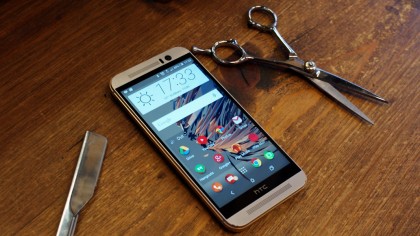
Stylish design
Now that Samsung has moved from the plastic look of the Galaxy S5 to the sleek glass and metal Galaxy S6 there's really no excuse for any company to release a flagship phone that looks less than stunning.
Apple, HTC and Sony have all been delivering stylish phones for a long time. LG is a little hit and miss, but it's clearly trying to join the designer party, as the leather-clad LG G4 and metal LG Zero are anything to go by. Even cheaper phones, like the OnePlus X, have an eye on captivating design as a selling point.
The Lumia range could do with a premium makeover, and word is that the Microsoft Surface Phone will do just that later this year.
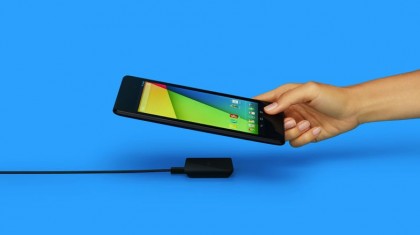
Wireless charging
Alongside fast charging we expect that just about every significant 2016 smartphone will support wireless charging - it's the year we really, really hope Apple joins in. The worry is that the Cupertino brand will use the common Qi standard but only let you charge using its own proprietary power units, which it's done with the Apple Watch.
The thing is that wireless charging has two separate standards, which is confusing - the Galaxy S6 unified those factions using both sets of tech, but that's a hassle. We need one to win out and all phones to adopt it as soon as possible - that could happen this year.
Wireless charging is growing slowly, and with a number of issues being solved in 2015, such as the ability to charge through metal and charge quickly, its growth is set to continue.
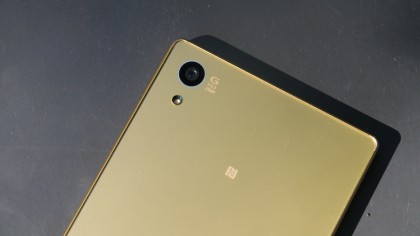
A compact-challenging camera
Cameras are the current smartphone battleground. Screens and processors have reached the point where it's hard for the specs to stand out, but photos can always be better.
2015 saw the launch of some amazing camera phones, such as the Samsung Galaxy S6, Sony Xperia Z5 and LG G4, and this year we expect to see even better offerings from all the major players.
We'll be surprised if the Samsung Galaxy S7, LG G5, iPhone 7 and Sony Xperia Z6 don't have brilliant cameras that excel in low light and take amazing snaps in milliseconds every time.
The good news is that it seems we've hit the upper limit of megapixels, with most hanging around the 12MP level - that's more than good enough to offer amazing pictures, and now it's enhancing the snaps to make us look like photography geniuses time and again.
James is a freelance phones, tablets and wearables writer and sub-editor at TechRadar. He has a love for everything ‘smart’, from watches to lights, and can often be found arguing with AI assistants or drowning in the latest apps. James also contributes to 3G.co.uk, 4G.co.uk and 5G.co.uk and has written for T3, Digital Camera World, Clarity Media and others, with work on the web, in print and on TV.